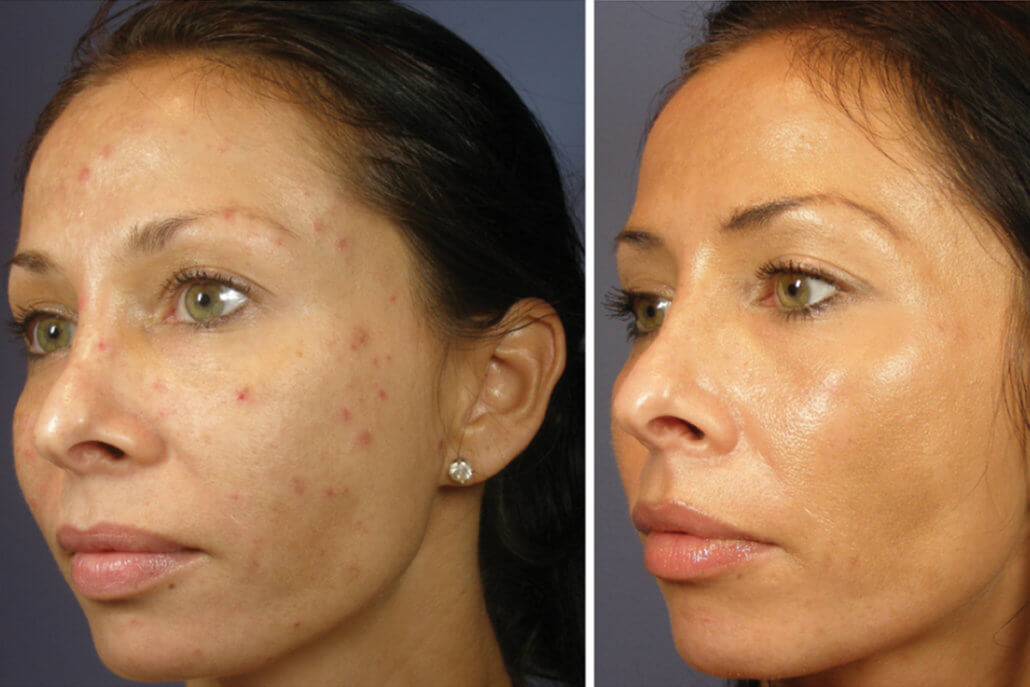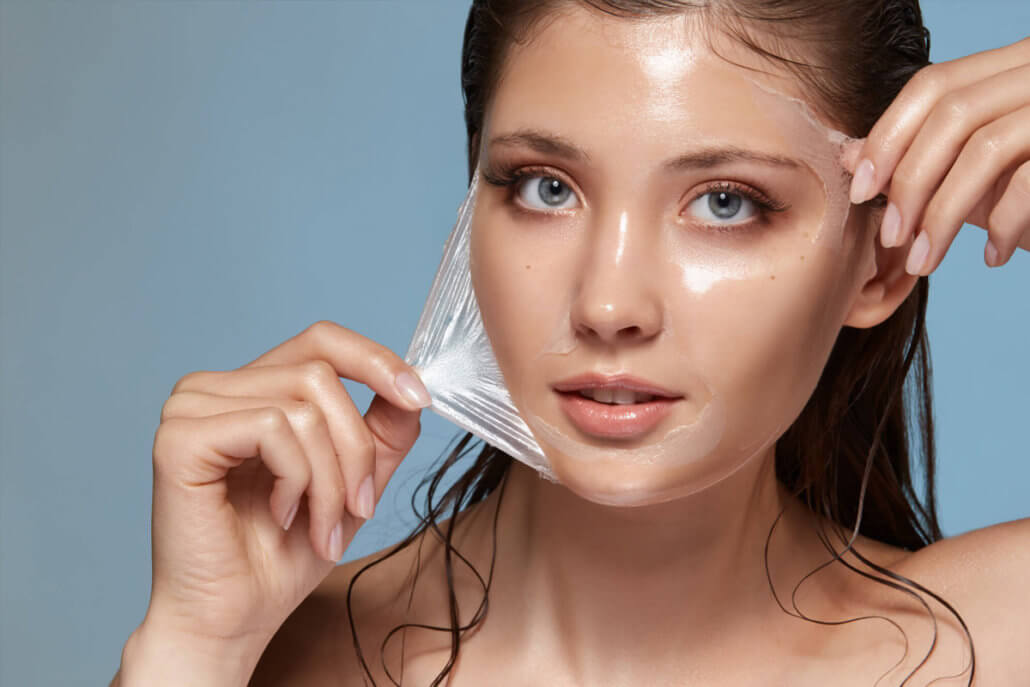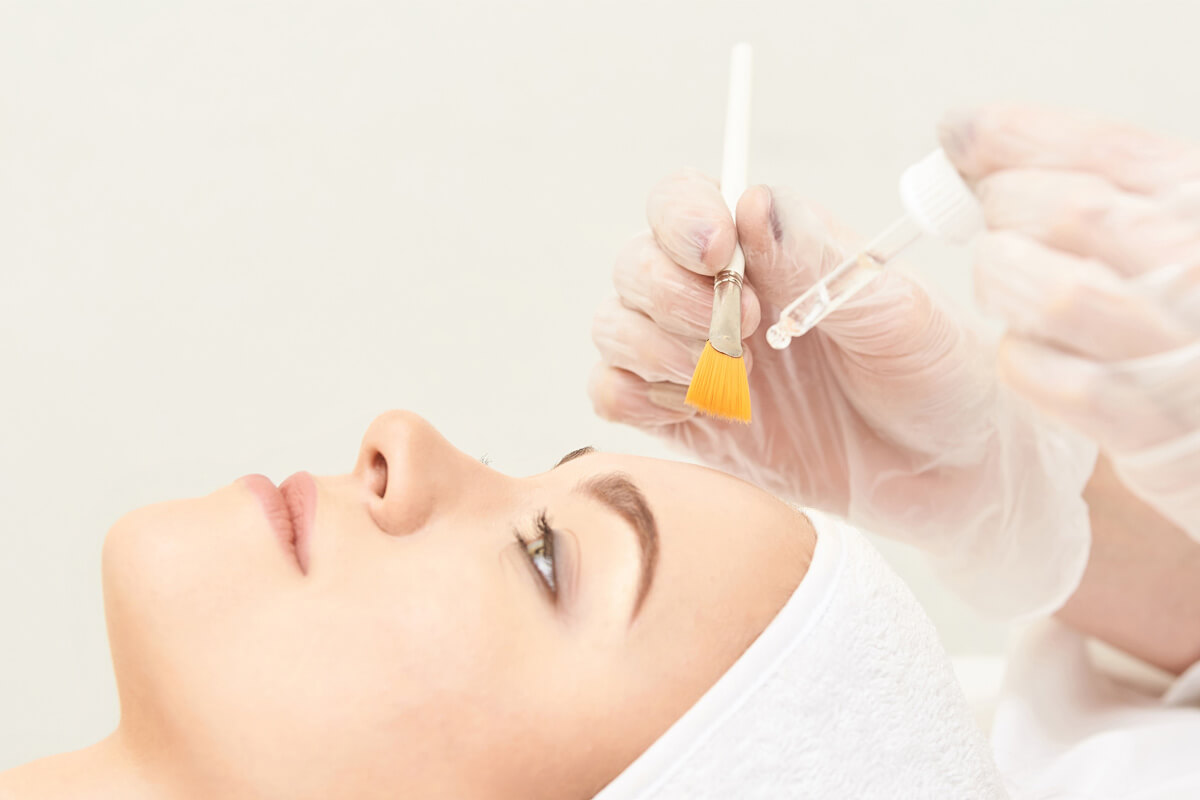Chemical peeling is a treatment that applies a chemical solution to the skin to remove the epidermis. Reborn skin is smooth. Different kinds of peels may need multiple procedures to achieve wanted results.
Chemical peels are used to treat discolored skin, wrinkles, and scars. usually the face. It can be done in combination with other cosmetic procedures too. It can also be done from shallow to deep. A deeper chemical peel will give more tangible results but eventually will take longer to recover.
What is chemical peeling?
A chemical peel, famous as derma peeling or chemexfoliation, uses chemical solutions to improve the appearance of the skin. This treatment applies a chemical solution to the skin that causes trauma and damage to the layers of the skin. Layers of skin eventually peel away, revealing more youthful skin. New skin tends to have fewer lines and wrinkles, an even color, and a lighter complexion.
What kinds of skin are good for chemical peeling treatment?
In general, this treatment can be used for all skin types. However, if you have dark skin, you run the risk of darkening after treatment. This condition is called post-inflammatory hyperpigmentation. If you have naturally dark skin, see a dermatologist to consider other less aggressive treatments to reduce your risk of hyperpigmentation.
Chemical peeling is not good when:
- Having a history of abnormal skin scarring
- Not being able to stay out of the sun for the healing period
- Having extra coloring in your scars
- Having skin conditions or taking medicine that makes the skin more sensitive

What is done before a chemical peeling treatment?
Before you have a chemical peel, your healthcare provider will:
- Do a physical exam: Your doctor will examine your skin and the area to be treated to determine which type of exfoliation works best and how physical characteristics such as skin tone and thickness can affect results.
- Review your medical history: Be prepared to answer questions about current and past medical conditions, current or recent medications, and cosmetic surgery.
- Discuss what you expect: Talk to your doctor about your motivations, expectations, and potential risks. Make sure you understand how many treatments you will need, how long it will take to heal, and what the results will be.
- Use a retinoid cream
- Avoid unprotected sun exposure
- Take antiviral medication
- Avoid certain cosmetic treatments and some types of hair removal
- Arrange for a ride home
How is the procedure?
The healthcare provider will cleanse your skin thoroughly with an agent which removes excess oils, and your eyes and hair are protected in the process. After that, the medicinal solution is applied to the skin. Commonly used chemical solutions include trichloroacetic acid, glycolic acid, salicylic acid, carbolic acid, or lactic acid. Different types of chemicals penetrate different depths of the skin and peel to reveal a new skin layer.
You may experience a warm or slightly hot sensation that lasts for several minutes. A stinging sensation follows. Cold compresses can be applied to the skin to relieve pain. The chemicals are then washed away and/or neutralized.
What a chemical peeling treatment can treat?
- Slight scarring
- Dark spots (melasma) from pregnancy and birth control pills
- Fine lines around the mouth and under the eyes, wrinkles caused by age factors, aging, and sun damage
- Acne
- Sunburn, blemishes, melasma, freckles, uneven skin color
- Actinic keratosis
- Dull complexion, rough skin, scaly patches
Different types of chemical peeling
Different chemical solutions will give different results. The chemical choice depends on the purpose. Work with your healthcare provider to determine the type and depth.
- Light chemical peel: it provides subtle improvement over time and is usually done in series. This choice is perfect if you have fine lines, uneven skin tone, acne, or rough, dry-tanned skin to have a healthy glow.
- Medium chemical peel: it gives your skin a smooth, fresh look. This choice is best for moderate or uneven skin discoloration, acne scars, blemishes, and fine to moderate wrinkles.
- Deep chemical peel: it produces the most dramatic results. This choice is best if you have wrinkles and moderate wrinkles, extensive skin from sunburn, blotchy skin, deep acne scars, and actinic keratosis.

Chemical peels are used to treat scars, discolored skin, and wrinkles. It can be done alone or in combination with other cosmetic procedures, Venus Skin Clinic offers the best of the best. It can be done at different depths. A deeper chemical peel will give more obvious results.
Chemical peeling FAQs
On the day of your treatment, avoid any exercise that causes you to sweat a lot. You can continue your normal routine the day after it.
Use a gentle cleanser to wash your face. Scrubs and washcloths should be avoided while the skin is exfoliated. We recommend applying a moisturizer twice a day or as often as needed to help reduce dryness and reduce flaking.
Chemical peels regenerate the skin because it induces controlled blemishes, thereby removing the layers of the skin. It improves skin problems such as fine lines, wrinkles, irregularities, and scars.
The procedure may vary depending on the type of chemical peel you choose. the skin will be prepared with a medicated degreaser so that no sebum remains on the treated area. A chemical is then applied and usually stays on the skin for 3-5 minutes. Most people experience a temporary mild stinging sensation that usually goes away after a few minutes.


